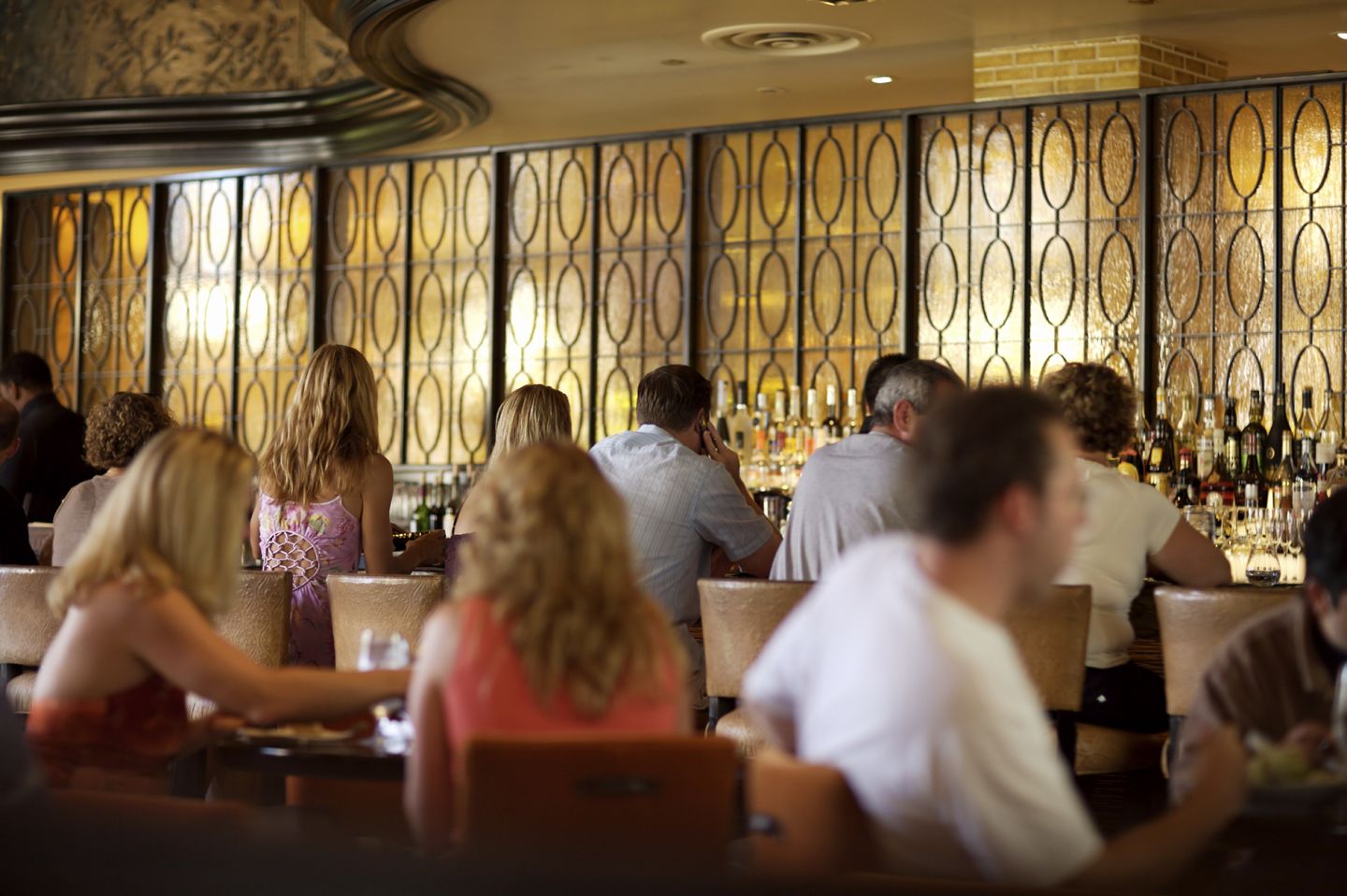Casual dining operators have had their struggles due in part to the growth of fast casual restaurants.
Fast casual restaurants have been one of the fastest growing segments in the restaurant industry over the last decade and see the strongest sales during lunch. Fast casual restaurants can be defined as a restaurant that offers meals in the $7 to $10 price range and the guest orders and pays at the counter with a cashier. Examples of fast casual restaurants include Panera Bread and Chipotle.
Now, in order to stay competitive and relevant, many casual dining operators are undergoing brand rejuvenation by using 3 key strategies:
1. Mixed-Service Model – in a mixed service model, customers have the option between a full-service and a limited-service experience in the same location.
This service model can range from offering customers fast casual and full-service options throughout the entire day, or shifting from a limited-service model for lunch to a full-service model for dinner and late night.
As an example, Red Lobster added a lunchtime service concept called "Seaside Express." Patrons have the choice between either a fast casual or full-service experience. In the limited-service model, customers order at the counter and then seat themselves.
2. Fast Casual Variants – some casual dining operators are introducing their own versions of fast causal establishments as it presents an opportunity to extend their brands into other segments.
3. Smaller Prototypes – other brands are beginning to scale back store footprints because the capital investment required for smaller concepts is reduced by more than 20%.
Casual dining operators can then achieve higher margin levels with lower sales.
Smaller prototypes are also more adaptable to existing retail spaces providing more site-selection flexibility – this allows brands to enter into smaller markets that would not necessarily be able to support a full size restaurant.
IHOP has a fast casual concept called IHOP Express featuring counter service, a limited menu, and grab-and-go options.
Use Customer Analytics To Get The Most ROI
As casual dining operators develop new store concepts, launch brand variations and offer new service models, understanding who the customer is, and what they want, becomes critical.
Real estate forecasting models based on your core customers can be utilized to optimize markets of operation. These models are able to take into account the complexities involved in having multiple concepts and will show you what to expect in terms of sales performance, cannibalization and competitive impact when opening smaller restaurant prototypes and fast casual concepts.
Once the established and potential new customers are known, the customer insights can be made actionable for targeted marketing to the individual household within each stores' trade area.
Don’t Have Customer Data?
It’s easier to develop and implement new strategic initiatives when you know what the outcome is going to be. That’s where trustworthy customer data comes in. However, assembling enough reliable customer data is an overwhelming challenge. Through Buxton's partnership with credit card and GPS data providers, the customer analytics you’re looking for is now at your fingertips.
Make It Actionable
In these days of big data hype, it is important to focus on the big answers. Ensure that your answers are actionable, easy to interpret and available at your fingertips anywhere you go. Learn more about Buxton’s SCOUT® Touch by requesting a demo today.


